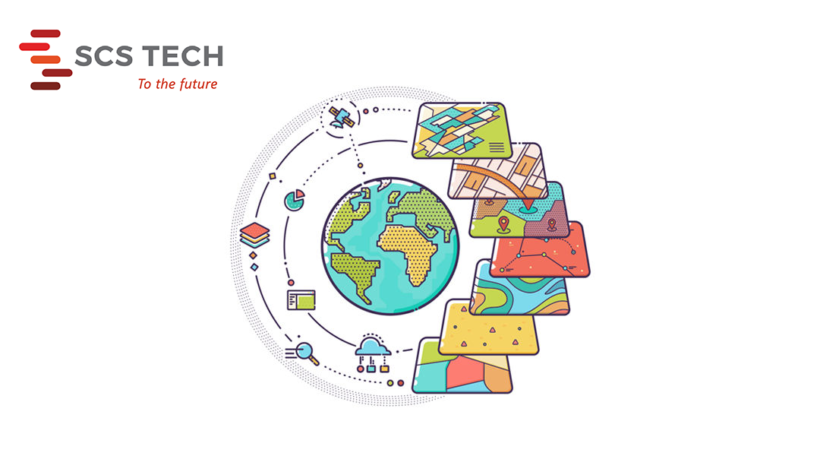There is no doubt about the fact that technology continues to transform the world in many immeasurable ways.
But perhaps something that would grab everyone’s attention is how it has made the most complex things look easy. Take a case in point of schools and research centers, and further narrow down to a subject such as Geography. You will be awe-struck by some of the most cutting-edge development in modern times.
Geographic information systems, also known as Geospatial information system (GIS) is a testament to how the integration of technology and academia is making it easy for students and researchers to study what would otherwise be impossible a few decades ago.
A Brief History of GIS
Many years ago, students of Geography depended on two-dimensional maps, something which made it difficult to explore the real world. It meant things like Global Position Systems wouldn’t realize a lot of success, and people would be limited to studying areas of proximity.
However, all this was to change when in the 1960s, a 28-year-old Canadian Geography student named Roger Tomlinson started developing what later became known as the first ever GIS software. The Canadian Land inventory embraced the approach. At the same time, Howard Fisher, who was in Harvard at the same time was looking into prospects of bringing together data sets from map using statistic modeling software, shortly after which, the United States Census Bureau started applying his approach in demographic studies.
What has changed in Geography?
The following are notable facelifts that Geospatial information system has brought into modern Geographical studies:
Widespread application in the study of planets (Astronomy Science)
NASA can track the path of asteroids with greater ease than it was many years back. That’s not all. With Mars Orbiter Laser Altimeter (MOLA) onboard Mars Global Surveyor, scientists have been able to study the rugged terrain of a planet that has since shown traits of supporting human life. Talk about Mar Rover, Visible Earth, Google Earth, 3-Study of magnetic fields and many more; GIS is taking a toll on old approaches to Astronomy.
Remote Sensing
With the advent of GIS software, there was never going to be any doubt about how it would transform capabilities of remote sensing gadgets. Installation on the space station makes it easy to gather information about the outer space, include remotest parts on land.
Demographics
A lot has changed regarding demographic studies, or populations, thanks to the incorporation of GIS as an advanced computer technology for data collection. It is now easier to gather spatial statistics, simplify complex data and scale down the findings to dependable and precise findings. In this regard, researchers in this field of knowledge can realize the outcomes of their projects much faster and with more reliability using a data modeling approach.
Improvement in tracking capabilities
With GIS coming hot on the heels of the information age, tracking migrations of people, animals and weather changes has become easier than before. Mapping, data analysis, and reporting are the mainstay activities in this approach.
Meteorological studies
Ever wondered how the weatherman knows about an impending hurricane, a potentially hazardous tornado or even a storm that is a few months away from flooding lowlands? Well, it is all thanks to GIS impact on meteorology, a branch of geography that involves the study of climatic patterns.
In summary, the Geospatial information system is changing the way people study the environment in which they live. And while its application is widespread in Geography, businesses also depend on it to satisfy the needs of clients.







